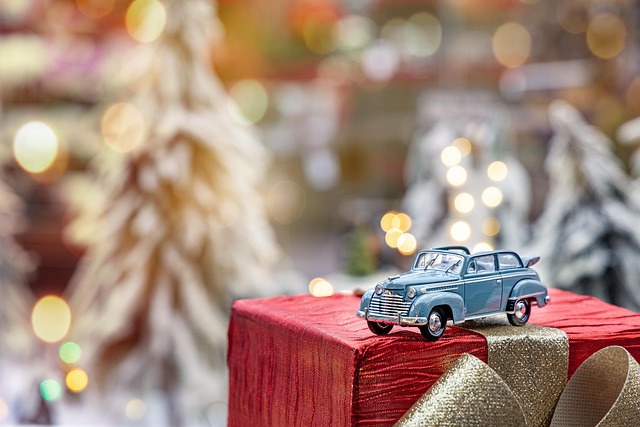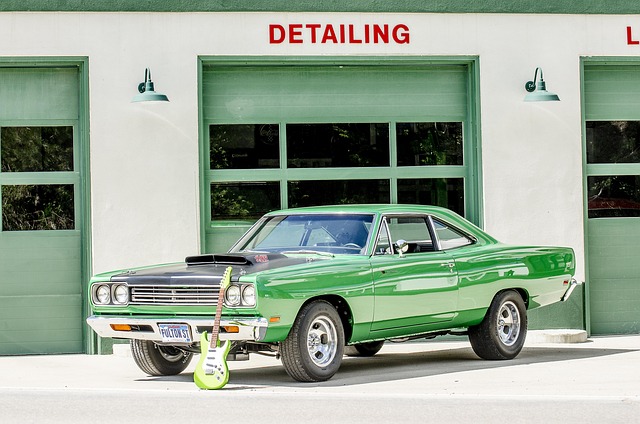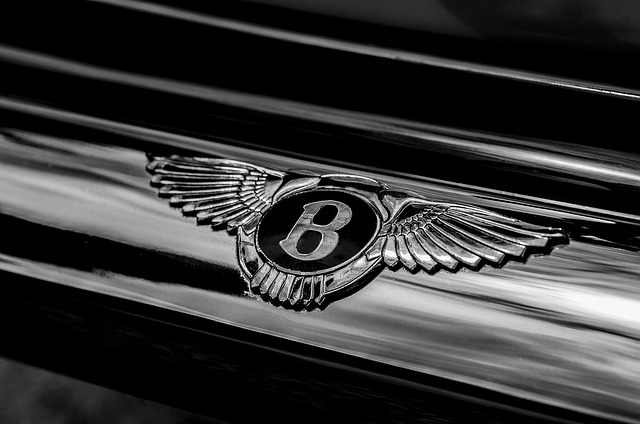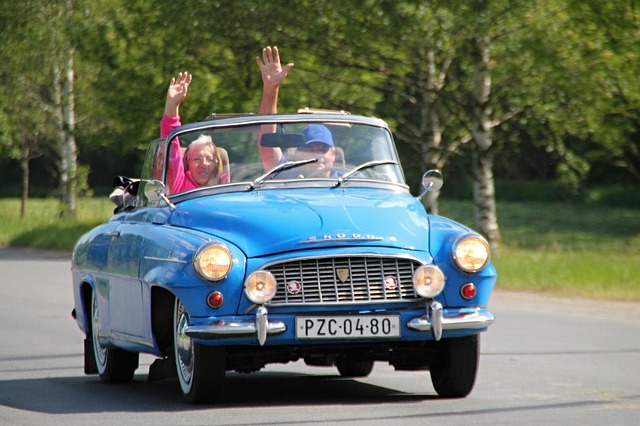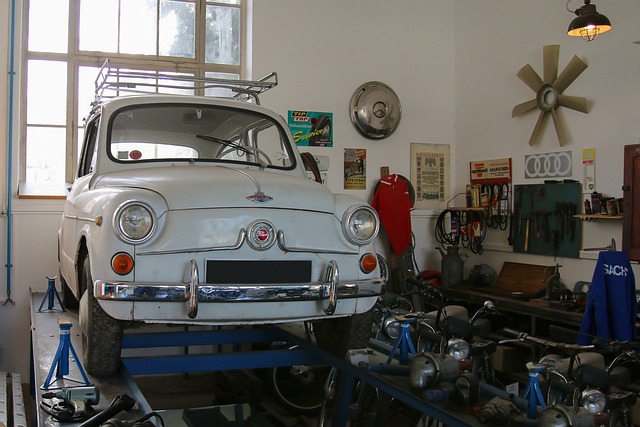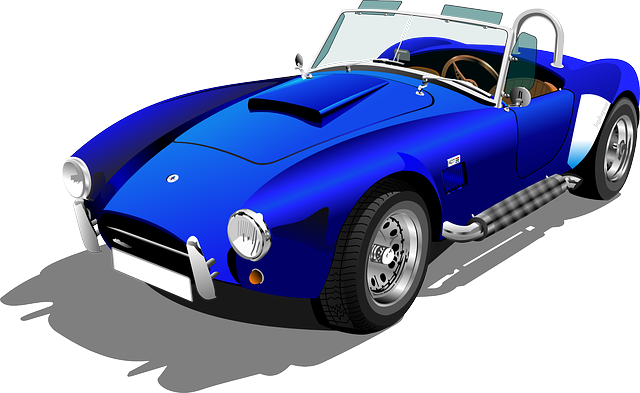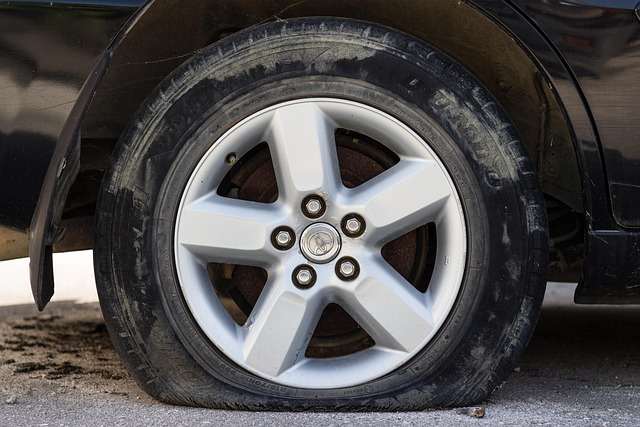Aftermarket bumper repair provides an affordable solution for damaged vehicle bumpers, offering skilled technicians advanced tools and techniques to ensure proper fit, alignment, and structural integrity. Repainting is a critical step that blends seamlessly with the vehicle's aesthetics, protects against future damage, and enhances resale value through meticulous preparation, sanding, priming, and high-quality paint application, achieving a factory-like finish.
In the realm of aftermarket bumper repair, understanding the nuances of the process is paramount. This article delves into the significance of repainting as a game-changer in addressing common challenges faced by professionals. Repainting isn’t merely an add-on; it’s a crucial step that ensures seamless integration with original factory finishes. By exploring best practices and why it’s essential, we equip folks with insights to master effective repainting in aftermarket bumper repair jobs.
- Understanding Aftermarket Bumper Repair and Its Challenges
- Why Repainting is a Crucial Step in the Repair Process
- Best Practices for Effective Repainting in Aftermarket Bumper Repair Jobs
Understanding Aftermarket Bumper Repair and Its Challenges

Aftermarket bumper repair is a specialized service that involves replacing or restoring damaged bumpers on vehicles, often as an alternative to costly OEM (Original Equipment Manufacturer) parts. This practice has gained popularity among car owners seeking cost-effective solutions for bumper damage, which can range from minor scratches and dents to significant crashes. However, navigating the challenges inherent in this process is crucial for achieving optimal results.
One of the primary hurdles in aftermarket bumper repair is ensuring proper fit and alignment. Bumper systems are intricate parts of a vehicle’s exterior, requiring precise engineering and craftsmanship. Misalignment or improper fitting can lead to structural weaknesses, compromising the bumper’s effectiveness in protecting the car during collisions. Skilled technicians employ advanced tools and techniques to mitigate these issues, including utilizing specialized equipment for measuring and adjusting bumpers to factory specifications, thus providing both aesthetic and safety benefits. Additionally, auto body repair experts need to consider the overall condition of the vehicle’s bodywork and panel alignment to ensure a seamless and durable repair that enhances the car’s resale value through top-notch auto detailing.
Why Repainting is a Crucial Step in the Repair Process

In most aftermarket bumper repair jobs, repainting is a vital step that shouldn’t be overlooked. It’s more than just applying a new coat of paint; it’s a process that ensures a seamless blend with the existing vehicle aesthetics and offers protection against future damage. When a bumper is damaged, the paint job often suffers too, leading to an inconsistent look. Auto body painting experts understand this, which is why they meticulously prepare the surface before repainting. This preparation involves removing any old, damaged or flaking paint, sanding for a smooth finish, and applying primer to create a clean canvas for new paint.
Skilled auto body services technicians grasp that repainting isn’t just about color; it’s about achieving precision and longevity. It helps conceal signs of the previous collision or damage, enhancing the car restoration process. Moreover, proper auto body painting techniques safeguard against future corrosion, ensuring the bumper looks as good as new for a longer duration. This is particularly crucial in aftermarket repairs, where the goal is to restore functionality while maintaining a high-quality, factory-like finish.
Best Practices for Effective Repainting in Aftermarket Bumper Repair Jobs
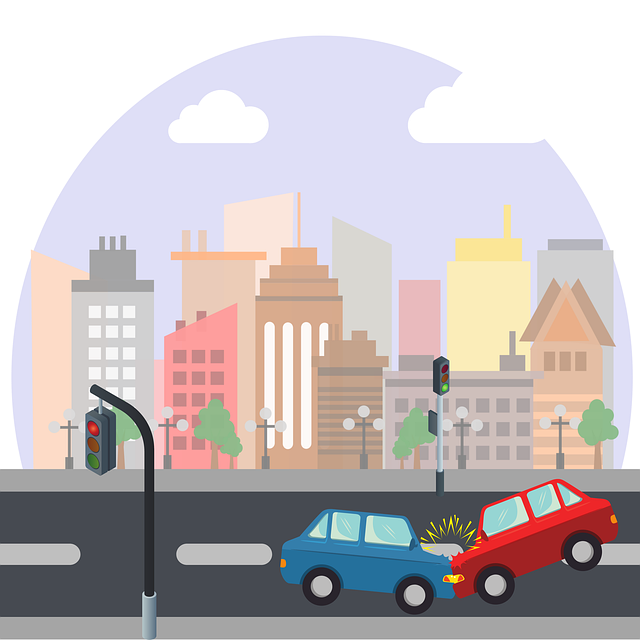
When undertaking aftermarket bumper repair jobs, effectively repainting is a key step to ensure a seamless and professional finish. The best practices involve preparing the surface meticulously by removing any debris, grease, or old paint using sandpaper and degreaser solutions. This smooths the area and ensures better paint adhesion.
For optimal results in auto body painting, applying primer before the top coat is crucial for a durable bond. It creates a fresh canvas, filling in imperfections from dent removal processes. Using high-quality primers and paints tailored to automotive finishes guarantees a long-lasting, vibrant finish that complements vehicle restoration efforts.
In most aftermarket bumper repair jobs, repainting is an indispensable step that not only enhances aesthetic appeal but also ensures structural integrity. By adhering to best practices and understanding the unique challenges of aftermarket repairs, professionals can deliver top-notch results. Effective repainting techniques, including surface preparation and precise color matching, are key to achieving a flawless finish that stands the test of time.
